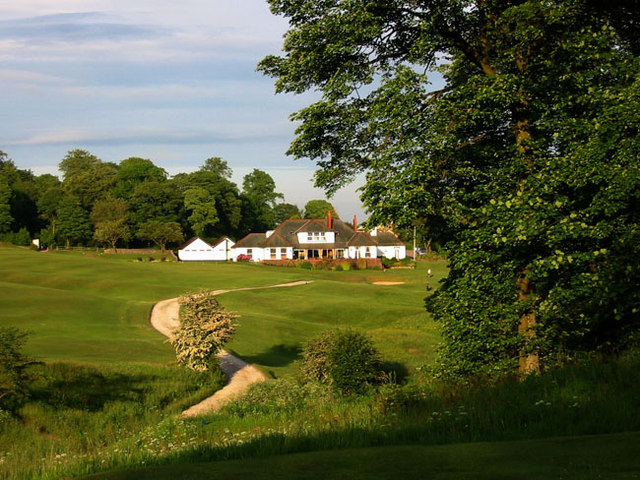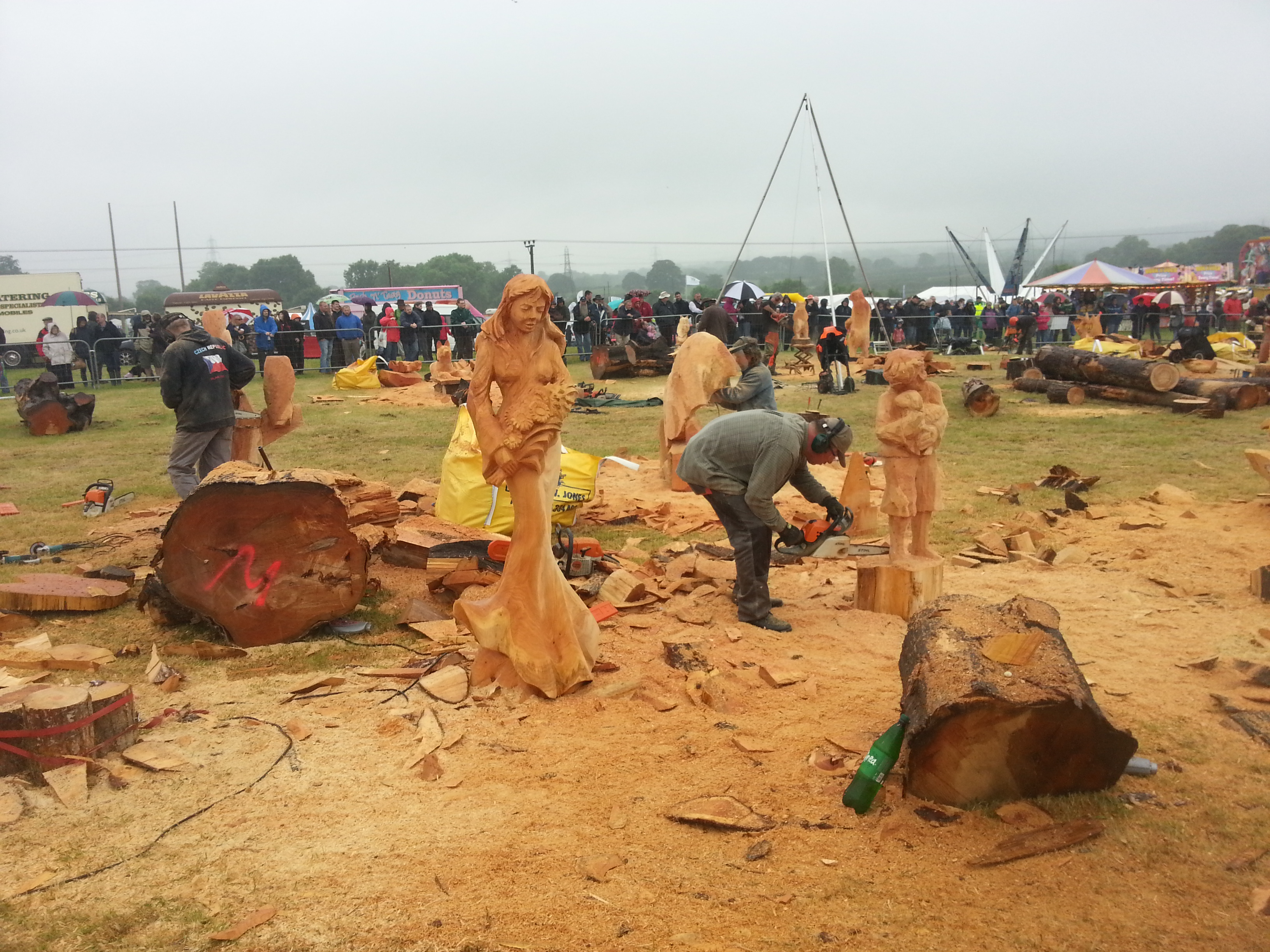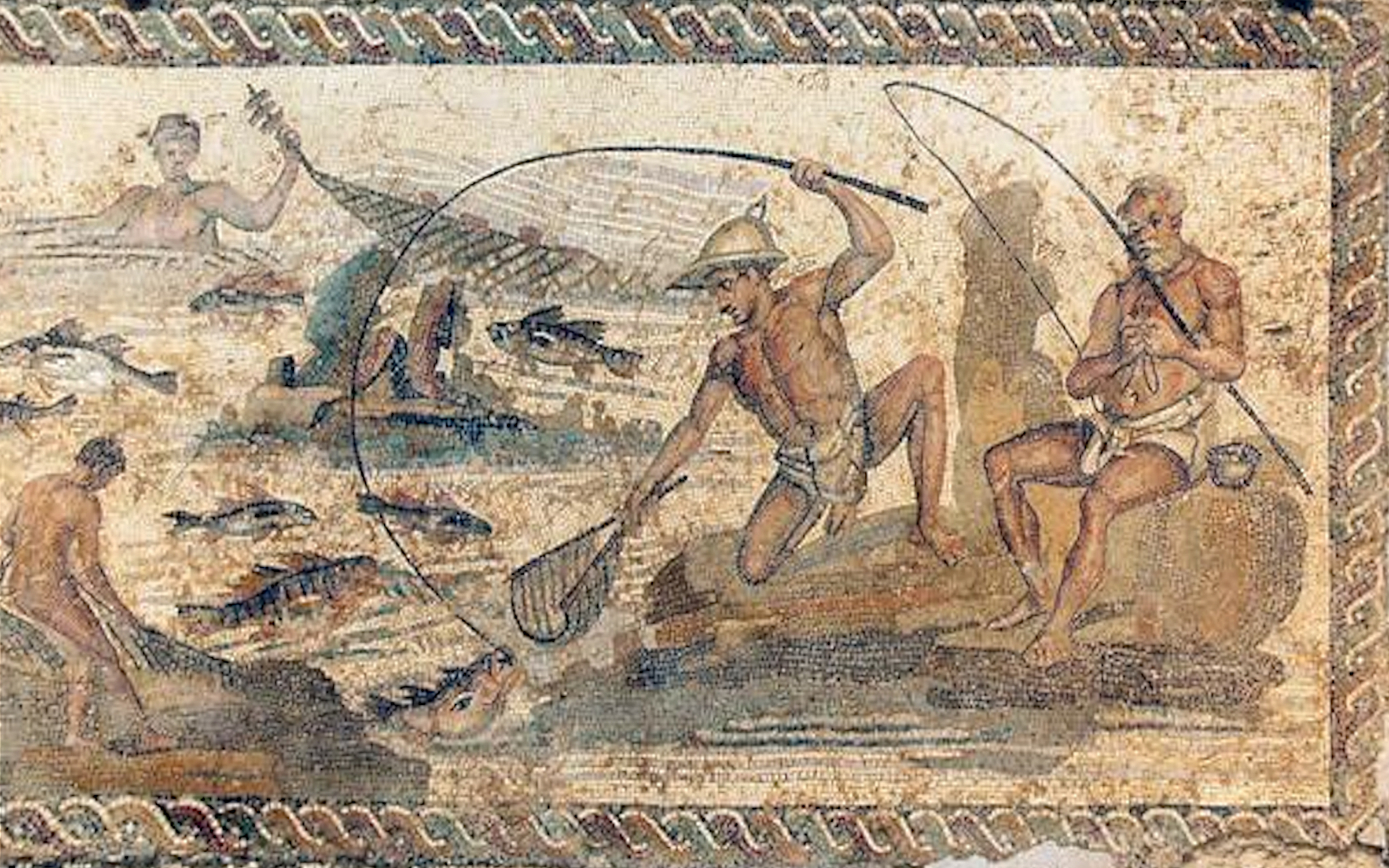|
Bingley St Ives
Bingley St. Ives, or St. Ives Estate is a country park; and former estate between Bingley and Harden in West Yorkshire, England now owned by Bradford Council. The park has Grade II listing in the English Heritage National Register of Historic Parks and Gardens of Special Interest. The park has been given Accredited Country Park status by Natural England. As well as being a public country park the property is also used by Bingley St Ives Golf Club, the Sports Turf Research Institute, Bradford Independent Care Group, Bingley Angling Club, and Aire Valley Archers. Some 300,000 people per year visit the country park. History The St. Ives area is known to have been inhabited from at least the Neolithic or Bronze Age from artifacts left behind. Up until the Dissolution of the Monasteries in 1540 the land was divided between the monks of Rievaulx Abbey and Drax Priory. In 1540, the land was purchased by a Walter Paslew and was subsequently owned by the Laycock and Milner fa ... [...More Info...] [...Related Items...] OR: [Wikipedia] [Google] [Baidu] |
Country Park
A country park is a natural area designated for people to visit and enjoy recreation in a countryside environment. United Kingdom History In the United Kingdom, the term ''country park'' has a specific meaning. There are around 250 designated country parks in England and Wales attracting some 57 million visitors a year, and another 40 or so in Scotland. Most country parks were designated in the 1970s, under the Countryside Act 1968, with the support of the former Countryside Commission. In more recent times there has been no specific financial support for country parks directly and fewer have been designated. Most parks are managed by local authorities, although other organisations and private individuals can also run them. The Countryside Act 1968 empowered the Countryside Commission to recognize country parks. Although the act established country parks and gave guidance on the core facilities and services they should provide it did not empower the designation of sites as cou ... [...More Info...] [...Related Items...] OR: [Wikipedia] [Google] [Baidu] |
English Civil War
The English Civil War or Great Rebellion was a series of civil wars and political machinations between Cavaliers, Royalists and Roundhead, Parliamentarians in the Kingdom of England from 1642 to 1651. Part of the wider 1639 to 1653 Wars of the Three Kingdoms, the struggle consisted of the First English Civil War and the Second English Civil War. The Anglo-Scottish war (1650–1652), Anglo-Scottish War of 1650 to 1652 is sometimes referred to as the ''Third English Civil War.'' While the conflicts in the three kingdoms of England, Kingdom of Scotland, Scotland and Kingdom of Ireland, Ireland had similarities, each had their own specific issues and objectives. The First English Civil War was fought primarily over the correct balance of power between Parliament of England, Parliament and Charles I of England, Charles I. It ended in June 1646 with Royalist defeat and the king in custody. However, victory exposed Parliamentarian divisions over the nature of the political settlemen ... [...More Info...] [...Related Items...] OR: [Wikipedia] [Google] [Baidu] |
Alister MacKenzie
Alister MacKenzie (30 August 1870 – 6 January 1934) was an English golf course architect whose course designs span four continents. Originally trained as a surgeon, MacKenzie served as a civilian physician with the British Army during the Boer War where he first became aware of the principles of camouflage. During the First World War, MacKenzie made his own significant contributions to military camouflage, which he saw as closely related to golf course design. MacKenzie is amongst the most famous golf architects in history. He is a member of the World Golf Hall of Fame and designed more than 50 golf courses, including three that remain in ''Golf Digest's'' 2022 Top 10 golf courses in the world: Augusta National Golf Club and Cypress Point Club in the US, and Royal Melbourne Golf Club (West Course) in Australia. Early years and education MacKenzie was born on 30 August 1870 in Normanton, near Leeds in Yorkshire, England, to parents of Scottish extraction. His mother, M ... [...More Info...] [...Related Items...] OR: [Wikipedia] [Google] [Baidu] |
Chainsaw Carving
The art of chainsaw carving is a fast-growing form of art that combines the modern technology of the chainsaw with the ancient art of woodcarving. The beginning of the art form The oldest chainsaw artist records go back to the 1950s, which include artists Ray Murphy and Ken Kaiser (artist), Ken Kaiser. In 1952 Ray Murphy used his father's chainsaw to carve his name into a piece of wood. In 1961 Ken Kaiser created 50 carvings for the Trees of Mystery. Many new artists began to experiment with chainsaw carving, including Brenda Hubbard, Judy McVay, Don Colp, Cherie Currie (former Runaways lead singer), Susan Miller (chainsaw artist), Susan Miller, Mike McVay, and Lois Hollingsworth. At this time chainsaw carvers started loading up their carvings in the back of their trucks, functioning as traveling galleries. In the 1980s, the art form really began to grow with Art Moe getting much exposure for the craft at the Lumberjack World Championships held in Hayward, Wisconsin. This even ... [...More Info...] [...Related Items...] OR: [Wikipedia] [Google] [Baidu] |
Nursing Home
A nursing home is a facility for the residential care of older people, senior citizens, or disabled people. Nursing homes may also be referred to as care homes, skilled nursing facilities (SNF), or long-term care facilities. Often, these terms have slightly different meanings to indicate whether the institutions are public or private, and whether they provide mostly assisted living, or nursing care and emergency medical care. Nursing homes are used by people who do not need to be in a hospital, but require care that is hard to provide in a home setting. The nursing home staff attends to the patients' medical and other needs. Most nursing homes have nursing aides and skilled nurses on hand 24 hours a day. In the United States, while nearly 1 in 10 residents aged 75 to 84 stays in a nursing home for five or more years, nearly 3 in 10 residents in that age group stay less than 100 days, the maximum duration covered by Medicare, according to the American Association for Long-Term ... [...More Info...] [...Related Items...] OR: [Wikipedia] [Google] [Baidu] |
Ice House (building)
An ice house, or icehouse, is a building used to store ice throughout the year, commonly used prior to the invention of the refrigerator. Some were underground chambers, usually man-made, close to natural sources of winter ice such as freshwater lakes, but many were buildings with various types of Building insulation, insulation. During the winter, ice and snow would be ice cutting, cut from lakes or rivers, taken into the ice house, and packed with insulation (often straw or sawdust). It would remain frozen for many months, often until the following winter, and could be used as a source of ice during the summer months. The main application of the ice was the food preservation, storage of foods, but it could also be used simply to cool drinks, or in the preparation of ice cream and sorbet desserts. During the heyday of the ice trade, a typical commercial ice house would store of ice in a and building. History A cuneiform tablet from 1780 BCE records the construction of an ... [...More Info...] [...Related Items...] OR: [Wikipedia] [Google] [Baidu] |
Archery
Archery is the sport, practice, or skill of using a Bow and arrow, bow to shooting, shoot arrows.Paterson ''Encyclopaedia of Archery'' p. 17 The word comes from the Latin ''arcus'', meaning bow. Historically, archery has been used for hunting and combat. In modern times, it is mainly a competitive sport and recreational activity. A person who practices archery is typically called an archer, bowman, or toxophilite. History Origins and ancient archery The oldest known evidence of arrows (not found with surviving bows) comes from South Africa, South African sites such as Sibudu Cave, where the remains of bone and stone arrowheads have been found dating approximately 72,000 to 60,000 years ago.Backwell L, d'Errico F, Wadley L.(2008). Middle Stone Age bone tools from the Howiesons Poort layers, Sibudu Cave, South Africa. Journal of Archaeological Science, 35:1566–1580. Backwell L, Bradfield J, Carlson KJ, Jashashvili T, Wadley L, d'Errico F.(2018). The antiquity of bow-and-arro ... [...More Info...] [...Related Items...] OR: [Wikipedia] [Google] [Baidu] |
Bird Hide
A bird hide (blind or bird blind in North America) is a shelter, often camouflaged, that is used to observe wildlife, especially birds, at close quarters. Although hides or hunting blinds were once built chiefly as hunting aids, they are now commonly found in parks and wetlands for the use of birdwatchers, ornithologists and other observers who do not want to disturb wildlife as it is being observed. A typical bird hide resembles a garden shed, with small openings, shutters, or windows built into at least one side to enable observation. However, because birds do not recognize humans as predatory threats unless the human is standing in the open, a bird blind can be little more than a large shed open on one side in which birders stand, and motor vehicles are effective blinds even with the windows open. Variants Types of bird hide include: * tower hides, which have multiple stories and allow observations over large areas. * bird blinds, which are screens similar to one wall of a ... [...More Info...] [...Related Items...] OR: [Wikipedia] [Google] [Baidu] |
Angling
Angling (from Old English ''angol'', meaning "hook") is a fishing technique that uses a fish hook attached to a fishing line to tether individual fish in the mouth. The fishing line is usually manipulated with a fishing rod, although rodless techniques such as handlining also exist. Modern angling rods are usually fitted with a fishing reel that functions as a crank (mechanism), cranking device for storing, retrieving and releasing out the line, although Tenkara fishing and traditional cane pole fishing are two rod-angling methods that do not use any reel. The fish hook itself can be additionally weighted with a denser fishing tackle, tackle called a sinker (fishing), sinker, and is typically dressed with an appetizing bait (luring substance), bait (i.e. hookbait) to attract and entice the fish into swallowing the hook, but sometimes an inedible fake/imitation bait with multiple attached hooks (known as a fishing lure, lure) is used instead of a single hook with edible bait. Som ... [...More Info...] [...Related Items...] OR: [Wikipedia] [Google] [Baidu] |
Fulling
Fulling, also known as tucking or walking ( Scots: ''waukin'', hence often spelt waulking in Scottish English), is a step in woollen clothmaking which involves the cleansing of woven cloth (particularly wool) to eliminate ( lanolin) oils, dirt, and other impurities, and to make it shrink by friction and pressure. The work delivers a smooth, tightly finished fabric that is insulating and water-repellent. Well-known examples are duffel cloth, first produced in Flanders in the 14th century, and loden, produced in Austria from the 16th century on. Waulking could be done with the hands and feet. In medieval Europe, it was done in water-powered fulling mills. After the Industrial Revolution, coal and electric power were used. Felting refers more generally to the interlocking of loose wool fibers; they need not be spun and woven first. Process Fulling involves two processes: scouring (cleaning) and milling (thickening). Removing the oils encourages felting, and the cloth ... [...More Info...] [...Related Items...] OR: [Wikipedia] [Google] [Baidu] |
Magistrate
The term magistrate is used in a variety of systems of governments and laws to refer to a civilian officer who administers the law. In ancient Rome, a '' magistratus'' was one of the highest ranking government officers, and possessed both judicial and executive powers. In other parts of the world, such as China, magistrate is a word applied to a person responsible for administration over a particular geographic area. Today, in some jurisdictions, a magistrate is a judicial officer who hears cases in a lower court, and typically deals with more minor or preliminary matters. In other jurisdictions (e.g., England and Wales), magistrates are typically trained volunteers appointed to deal with criminal and civil matters in their local areas. Original meaning In ancient Rome, the word '' magistratus'' referred to one of the highest offices of state. Analogous offices in the local authorities, such as '' municipium'', were subordinate only to the legislature of which they generally ... [...More Info...] [...Related Items...] OR: [Wikipedia] [Google] [Baidu] |








